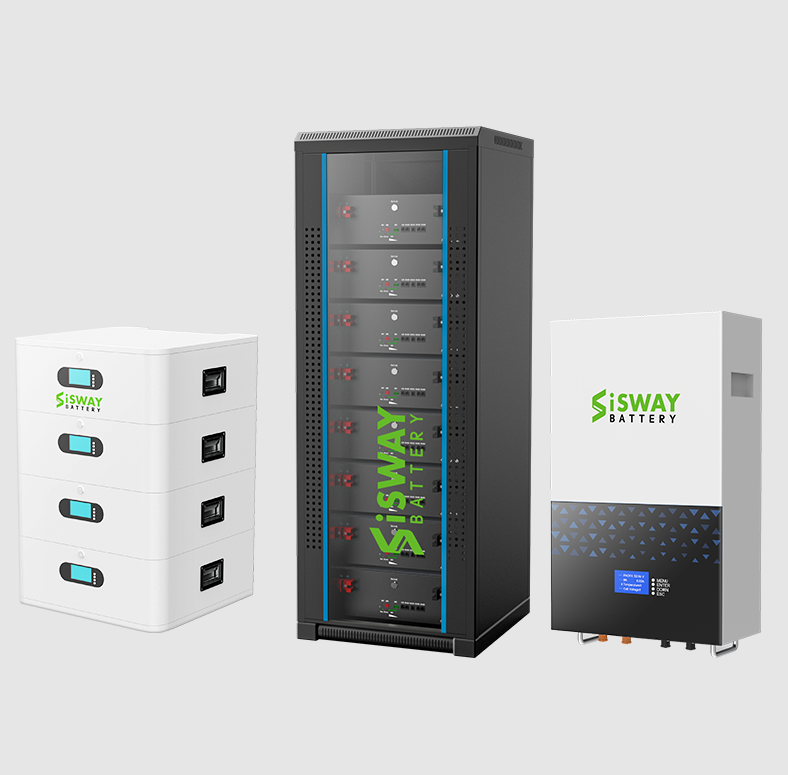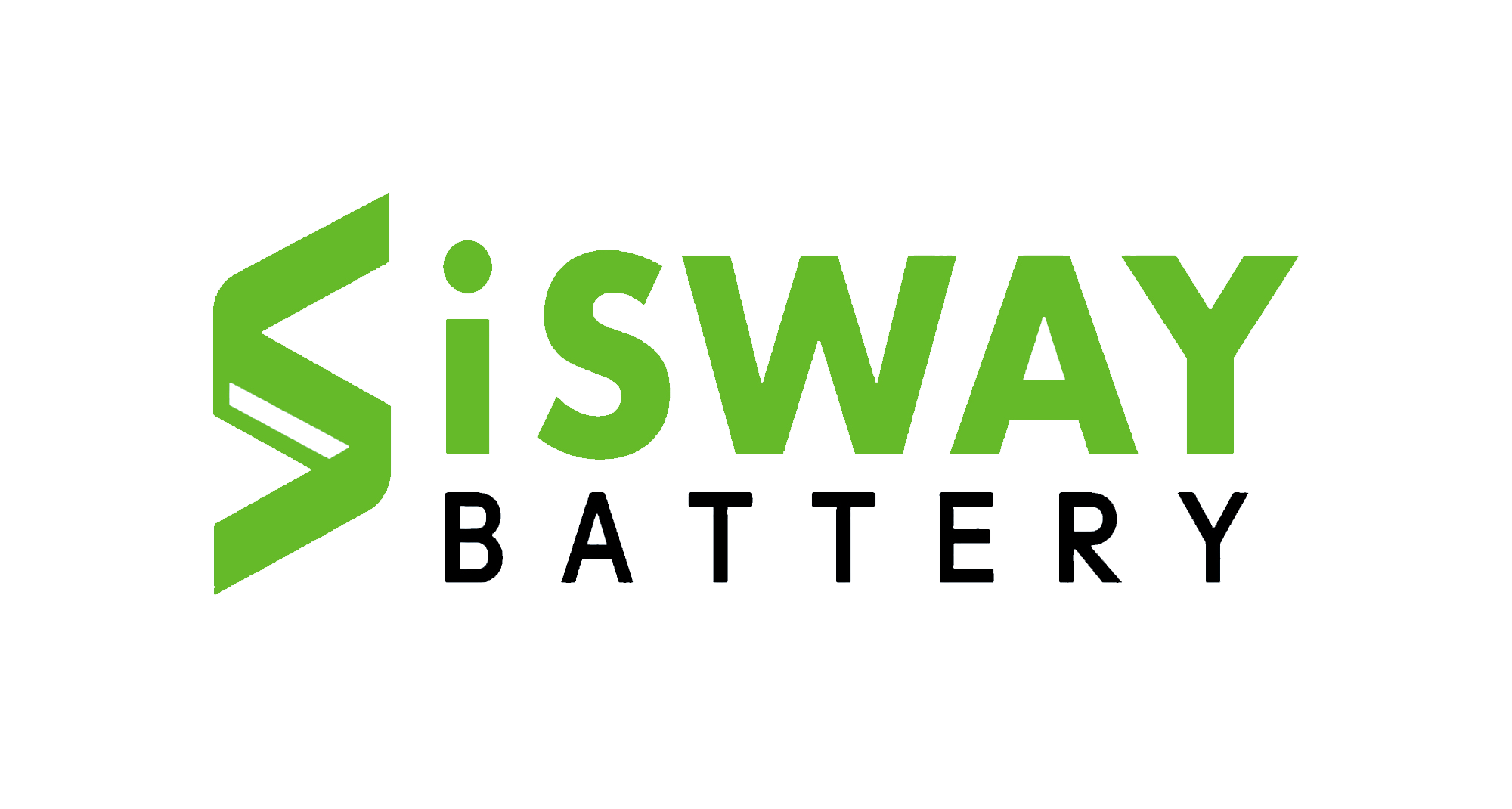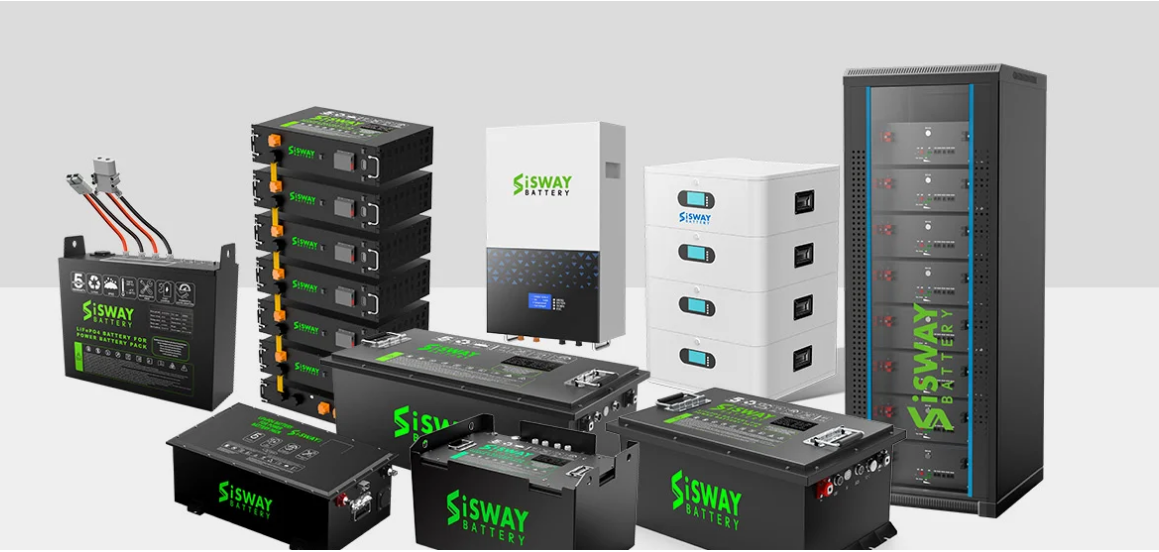For energy storage, the choice of lithium battery is paramount. The 51.2 V 100Ah rack-mounted lithium battery provides 5.12 kWh of dependable power—an effective, high-capacity solution for residential, commercial, or industrial use. In the following guide, we’ll discuss the key considerations to review when selecting this battery, ensuring you make the right decision whether you’re a dealer or an end user.
1. Core Specifications: Understanding
- Voltage & Capacity
The 51.2 V nominal voltage comes in combination with a 100 Ah capacity, providing 5.12 kWh. This is highly compatible with typical inverters and large battery banks installed for backup or off-grid applications. - Energy Output per Cycle
When using full cycle capacity, you can get up to 5.12 kWh per cycle. For most telecommunications, solar, or data applications, this is a reliable unit of energy storage.
2. Chemistry & Safety Features
- LiFePO₄ Chemistry
This battery employs lithium iron phosphate (LiFePO₄) cells—widely recognized for thermal stability, longevity, and a safer chemistry than other lithium-ion varieties. - Certifications & Quality Control
Check for UL1642, IEC62619, UN38.3/M*SDS, and shipping marine certifications. These are evidence of exhaustive safety testing and render it appropriate for industrial implementation. - Safety Systems
An effective BMS (Battery Management System) is a must—it handles cell balancing, overcharge/discharge protection, thermal occurrences, and keeps voltage and current within safe limits.
3. Cycle Life & Longevity
- Cycle Life
Typical LiFePO₄ chemistry provides ~4,000 full cycles. At daily cycling, that is more than 10 years of service. Be prepared for ≥ 70% capacity retention after 5 years of operation. - Warranty Coverage
Modules will generally carry five-year warranties. Some vendors provide a charger warranty (usually about 1 year). Check terms of coverage—particularly if both modules are covered.
4. Modular & Rack‑Mounted Design
- Rack Mount Format
Engineered to fit into standard racks, the battery modularizes in an easy manner. For expanding energy requirements, units may be stacked or connected in parallel to offer additional capacity and ease upgrades. - OEM/ODM Capability
Numerous makers (e.g., Sisway) provide flexibility in case color, BMS features, branding, and packaging—a useful aspect for distributors, integrators, or dealers looking for white-label or co-branded options.
5. Performance & Usability Features
- Discharge & Charge Rates
Verify continuous and peak current ratings. Uses such as inverters, telecom racks, or UPS systems rely on a battery’s capability to maintain current withdrawals. - Operating Temperature Range
Optimal batteries must accommodate wide environmental conditions. Some models have integrated thermal management (heating/cooling) for extreme environments. - Integrated User Interfaces
Features like LCD status displays, remote monitoring using Bluetooth or GPS, and live BMS readouts enhance usability and diagnostics.
6. Weight, Size & Installability
- Physical Size & Weight
Rack-mounted devices are usually slimline 2U–4U configurations. Compare dimensions and weights to ensure they will fit your rack arrangement and load-carrying requirements. - Ease of Installation
Seek plug-and-play harnesses, supplied chargers, and easy user documentation. These cut setup time dramatically and lower risk of installation errors.
7. Scalability & Compatibility
- Parallel Connection Options
Large systems should have a battery that supports parallel connection. A high-quality BMS guarantees synchronized charging/discharging among multiple units. - Inverter/Charger Compatibility
Most 51.2 V rack batteries are compatible with generic inverter brands, but verify vendor compatibility lists or configuration guides prior to ordering.
8. Supplier Support & Customization
- OEM/ODM Support
Manufacturers such as Sisway offer cell-grade control, pre-approved EVE branded cells, and internal cell consistency testing. - Technical Assistance
Seek remote technical support, integration assistance for systems, timely customer service, and spare parts availability. - Customization Options
Having the capability to include GPS, Bluetooth, heating, cooling, or custom branding improves the versatility and attractiveness to dealers or niche markets.
9. Real‑World Use Cases
- Solar + Backup Power
Perfect for use with solar systems—stable output, long life, and simple stacking for increasing capacity. - Telecom & Data Infrastructure
Rack-mount units easily fit into telecom racks or data cabinets and provide ride-through power during outages. - Mobile & Off‑Grid Applications
Durable LiFePO₄ chemistry and modular design make it perfect for RVs, remote communications installations, or temporary power centers. - Industrial Applications
Ideal for warehouses, EV charging stations, factory power backup—any place there’s a requirement for dependable DC energy.
Conclusion
Selecting the correct 51.2 V 100Ah rack-mounted lithium battery involves knowing your energy needs and comparing them to specifications, safety, support, and scalability. Rank these key considerations:
- Nominal voltage and usable capacity
- Battery chemistry and safety certifications
- Long cycle life & warranty value
- Plug-and-play rack format
- BMS capabilities and monitoring options
- Supplier support, inventory, and customization flexibility
When you weigh suppliers on these factors—and consider installation simplicity, system compatibility, and overall project price—you’re well-prepared to make the right choice on the best lithium battery solution for your company or clientele.
Last Thought
The optimal option harmonizes strong technical specs (e.g. 5.12 kWh capacity, high cycle life), improved usability capabilities (rack-mount format, BMS, remote monitoring), and reliable supplier service (customization, warranties, inventory). That’s precisely where a good 51.2 V 100Ah rack‑mounted lithium battery shines.



